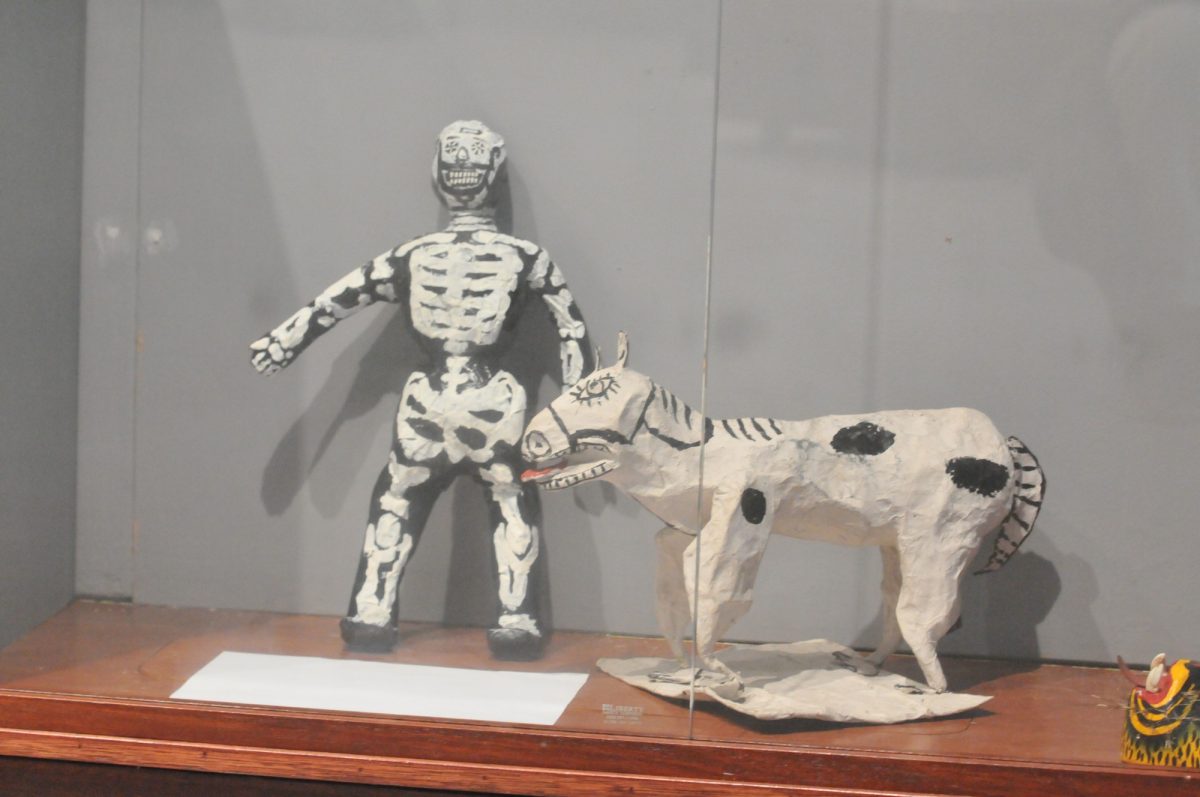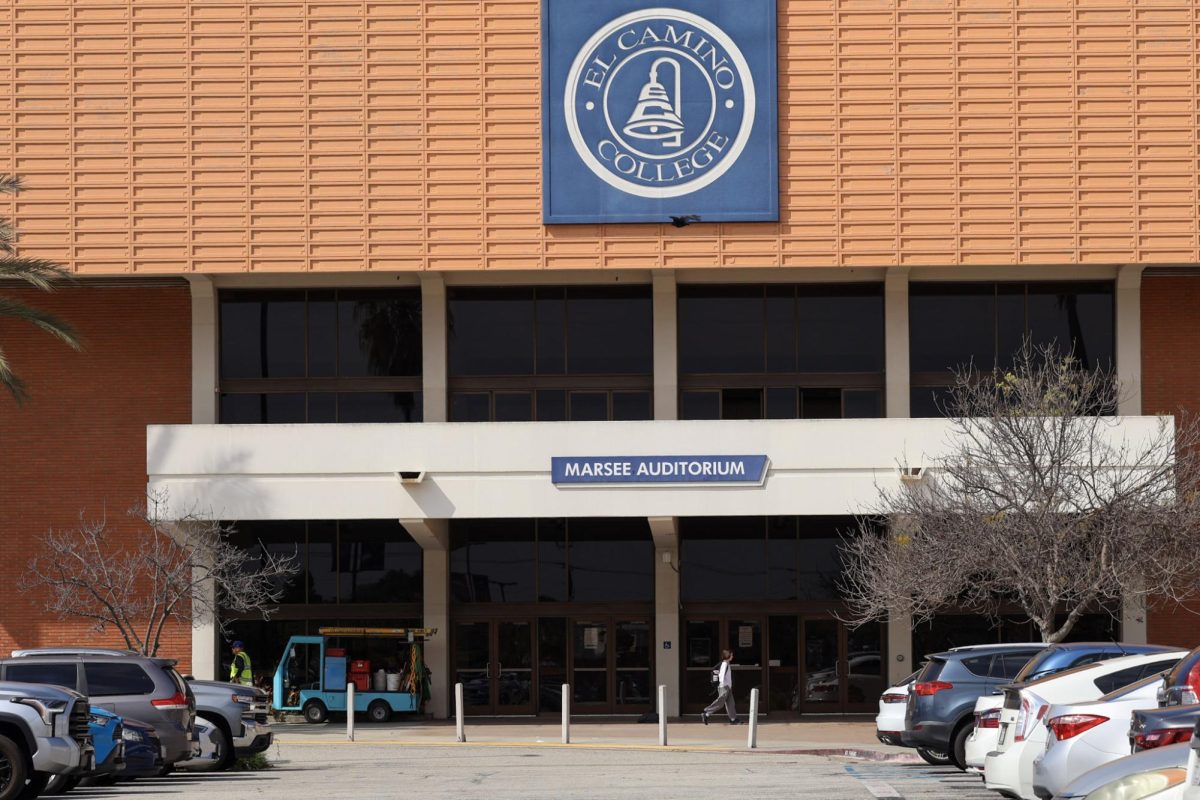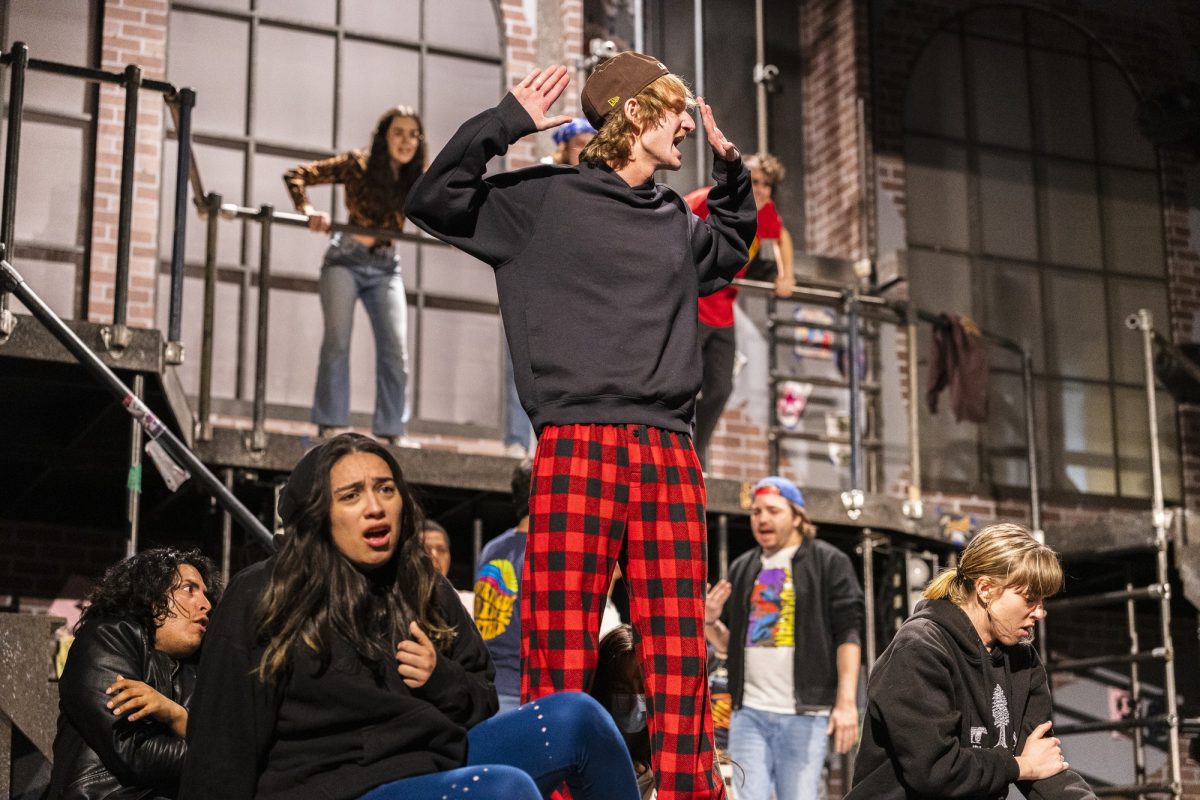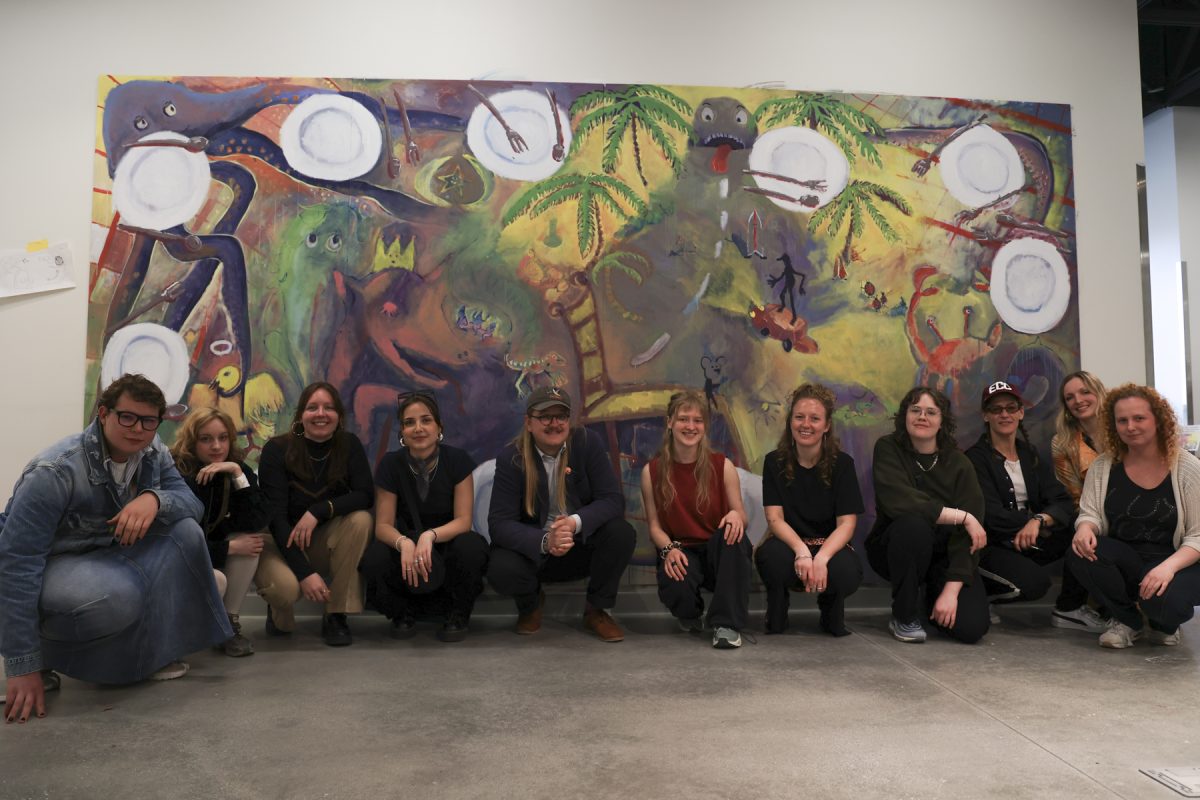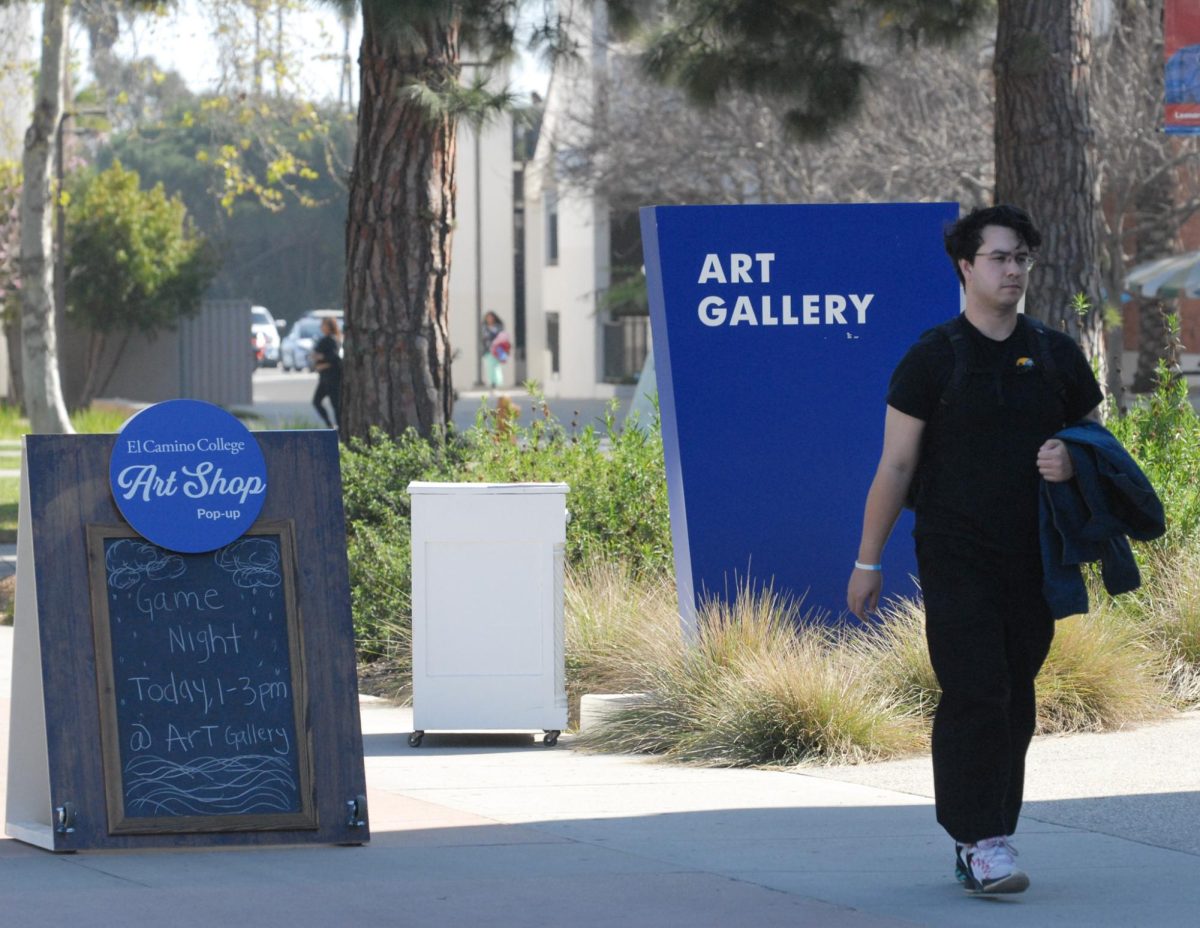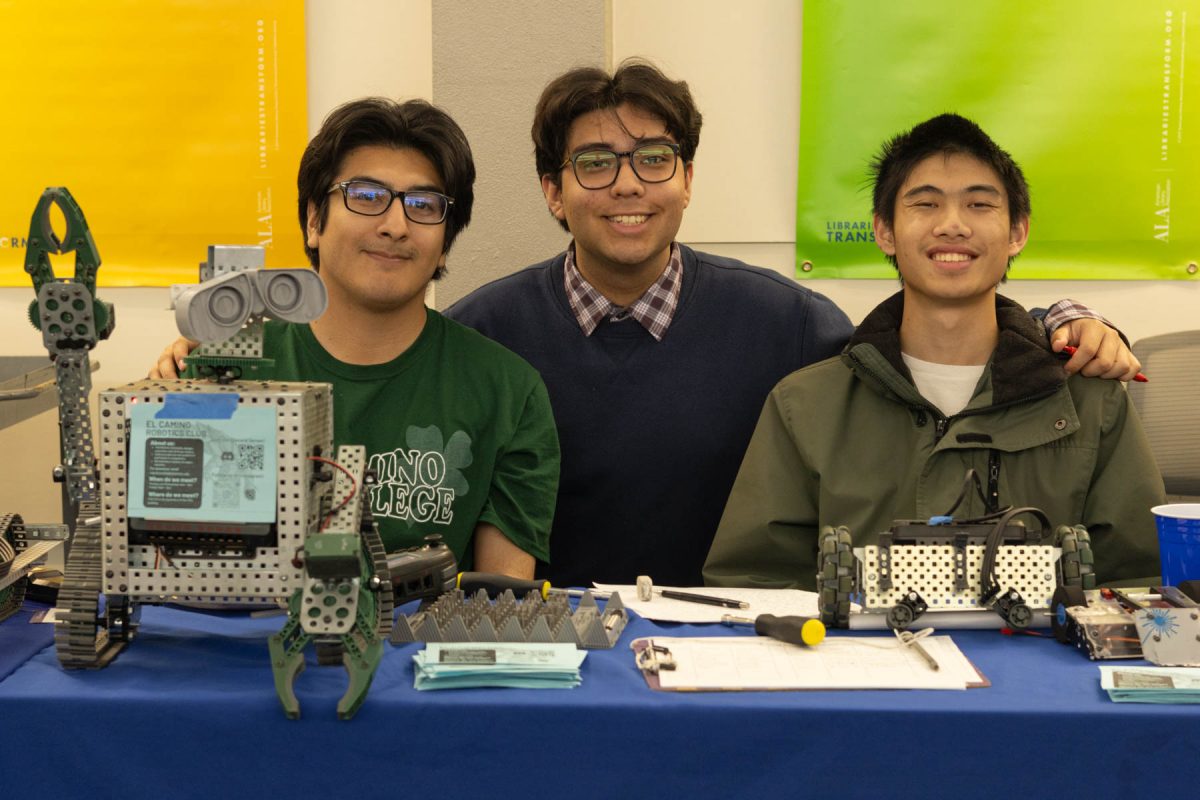Located in the center of the El Camino’s campus, the Anthropology Museum showcases the evolution of humanity throughout time with a colorful collection that features hand axes, intricate African masks, and replicas of ancient ancestor bones.
The Anthropology Museum was founded by Dr. Walter Foster in the late 1960s and is an essential resource for students at ECC learning about human evolution and cultural history.
The museum has added more artifacts to its collection throughout the years.
“Journey Through Time: The Story of Human Evolution” is one of the museum’s exhibits, focusing on biological anthropology.
Other exhibits show important stages of human evolution, such as the earliest bipedal creatures and the genus Homo that include Homo habilis, Homo erectus, and Homo ergaster.
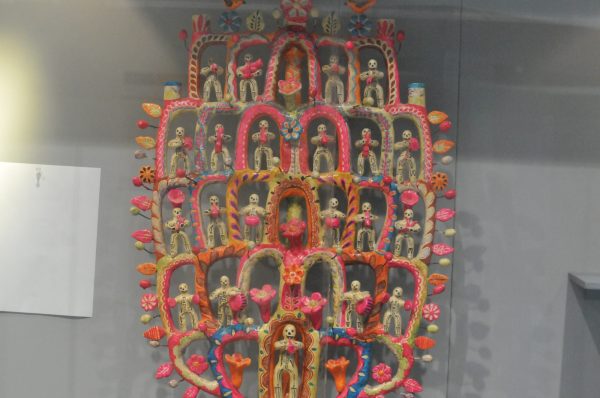
Lawrence Ramirez, who teaches Introduction to Museum Studies and Introduction to Biological Anthropology said the artifacts are on exhibit since many of the concepts covered in the anthropology classes revolve around them.
“For many students, it’s easier to kind of look at an actual replica of the anthropologist than just to read or look at a video documentary on Canvas,” Ramirez said.
The museum has captured the interest of certain students, including 21-year-old computer science major Matthew Robinson, who visited the museum with a friend majoring in anthropology.
“I was reminded of the connection between computer science and anthropology when I looked at tools early hominins used,” Robinson said. “It reminded me how modern technology also reflects how humans evolved with tools.”
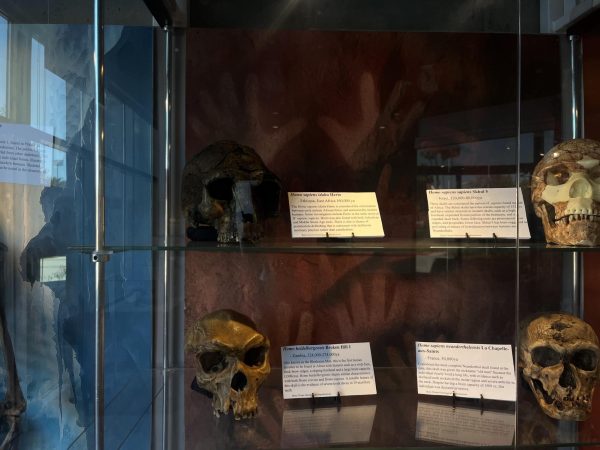
Some collections, including the Rosenfeld Pottery Collection, were donated to the museum in 2014 by Mark Rosenfeld, whose collection focused on the artwork of the indigenous people of the U.S. Southwest, primarily the Navajo.
The majority of the artifacts, including biological anthropologies, such as the replica of a fossil Neanderthal, are purchased by the college for educational purposes.
As the museum is used for both classroom and public exhibits, the museum hosts workshops the Anthropology Club incorporates into its activities. The Dungeons and Dragons workshop was one of the workshops held at the museum.
Beyond serving as an academic resource, the Anthropology Museum serves as a vital role for interactive learning experiences. It was a linguistic anthropology exercise that focused on how people speak rather than what they say. Social cues are a major topic in linguistic anthropology, and the workshop assisted in the analysis of social cues.
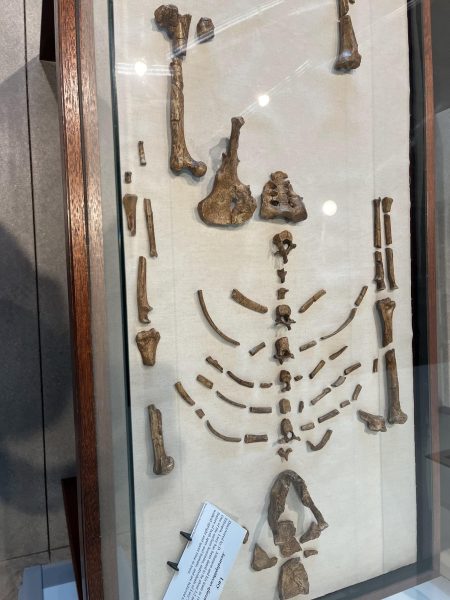
As the museum is never left unattended, students play a huge role and contribute to the museum’s operations. Students from the museum studies course and the anthropology club also help look after the museum.
The museum features a variety of student works, like the archeology projects, which are the most unique in the museum, according to Tanner Hatchett, president of the anthropology club.
One of his professors objected to the use of artificial intelligence in the classroom, which is why the archeology projects were developed because they required hands-on work.
“You can’t use AI for an arts and crafts project,” Hatchett said.
Disarticulated replica artifacts, including the most well-known early Australopithecine “Lucy,” allow viewers to observe their true dimensions in contrast to articulated ones.
Ramirez noted that the Neanderthal skeleton is what visitors appreciate the most when they enter the museum because of how enormous their brow ride was and how their rib cages were larger and deeper than those found in modern humans.
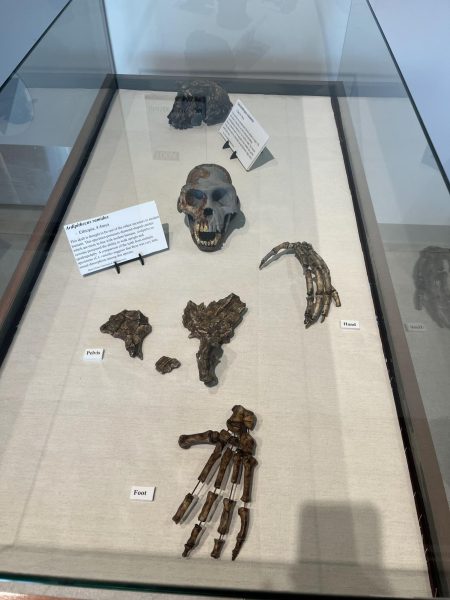
The museum also features a primate locomotion display that shows how exactly primates move around and includes different forms of primate movements, including movements of leapers, arboreal quadrupeds, and terrestrial quadrupeds.
Education placards are used to describe each artifact in the museum that ideally should be 40 words or less to keep visitors engaged with the displayed artifacts.
When new artifacts are added to the museum’s collection, they are carefully installed, and suction cups are used to remove the glass from the display cases.
“I want people to see how anthropology is something that might not just be the study of hominims, but anthropology can be a study of any facet of your life, no matter how mundane you might think it is,” Hatchett said.



